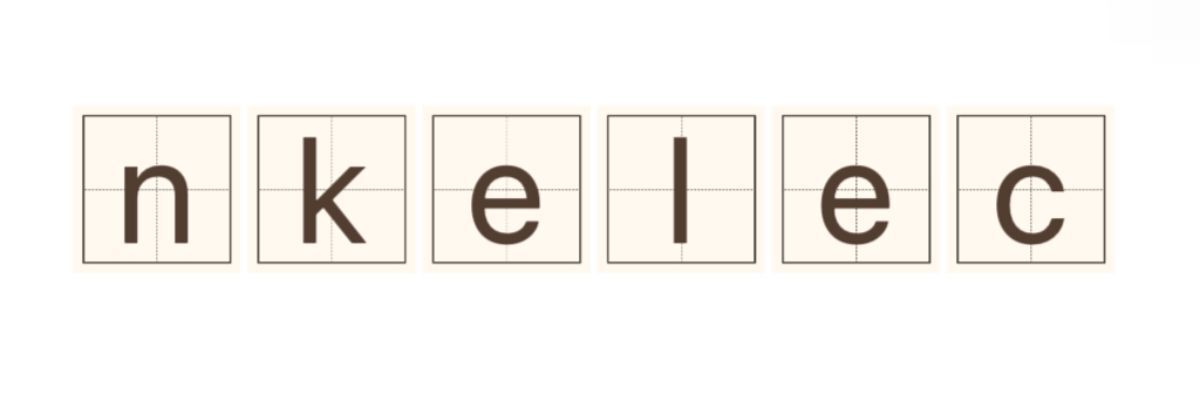Are LED Displays Replacing Traditional Billboards?
Mar. 25, 2025
The advertising landscape has been undergoing a significant transformation over the past decade, and one of the most striking changes has been the rise of LED displays as a prominent alternative to traditional billboards. As cities evolve and technology advances, the shift from static advertising to dynamic digital displays is becoming increasingly evident. This change not only reflects our growing dependence on technology but also highlights the need for more engaging and interactive advertising solutions.
Want more information on led displays for sale? Feel free to contact us.
LED displays for sale are becoming a staple for businesses looking to capture attention in crowded urban environments. Unlike traditional billboards, which offer a static image that often gets overlooked, LED displays provide moving content that attracts viewers’ eyes and keeps them engaged. The ability to showcase various advertisements in a rotation means that businesses can display a multitude of messages throughout the day without the need to invest in multiple physical structures.
One of the most compelling arguments for the adoption of LED displays is their effectiveness in marketing. Studies show that digital displays engage audiences far more than their traditional counterparts. According to research conducted by Nielsen, digital billboards increase viewer recall by up to 47%. This statistic is critical for advertisers who are vying for the fleeting attention of potential customers; the more engaging the advertisement, the more likely it is that it will lead to action.
Moreover, the flexibility offered by LED displays is unmatched. Businesses can easily change the content on their displays, allowing for real-time updates based on current events, promotions, or seasonal campaigns. Imagine a local restaurant advertising a sudden happy hour or a shoe store promoting a flash sale during a busy shopping period. The ability to adapt and modify content in real time presents an enormous advantage for brands that need to respond quickly to market conditions or consumer behavior.
Environmental concerns are also at the forefront of the discussion regarding digital versus traditional advertising. Traditional billboards often require extensive vinyl prints and paper, which contribute to waste. In contrast, LED displays reduce the need for physical materials, aligning better with sustainability efforts. Moreover, LED technology is energy-efficient, consuming less electricity compared to older display options, which is an essential factor considering the rising emphasis on conservation and environmental responsibility in today’s business practices.
From a financial perspective, initial investments in LED displays for sale may seem daunting, but the long-term ROI can be substantial. The costs associated with maintaining traditional billboards, such as printing and installation, can accumulate quickly. On the other hand, although there is an upfront cost for LED displays, they can deliver continuous, varied content with minimal ongoing costs. With digital advertising, businesses can allocate their budgets more effectively and maximize the reach of their message.
In terms of creativity, LED displays open the door to a realm of possibilities that traditional billboards cannot offer. With advanced graphics, animations, and even interactive features, brands can create an immersive experience for viewers that captures their imagination and fosters emotional connections. For instance, a sports franchise might feature a highlight reel of thrilling plays, eliciting excitement among fans, while a tech company might showcase the latest innovations through captivating visuals.
However, it’s important to acknowledge that the rise of LED displays does not mean the complete demise of traditional billboards. There are still instances where static advertising excels. Certain consumers may appreciate the brevity and clarity of a quickly read message on a traditional billboard, especially in regions where digital screens are either non-existent or face restrictions. Additionally, some areas have regulations governing the brightness and placement of LED displays, which can limit their use in specific locales.
The integration of LED technology with artificial intelligence and data analytics is yet another dimension that sets digital displays apart. By employing geographic targeting, advertisers can ensure that their messages reach the right audience at the right time. For example, in areas with high foot traffic, displays can show ads tailored to demographics commonly found in that locale (like college students or office workers), thereby increasing the relevance and potential effectiveness of the ad content.
It’s clear that LED displays are not just replacing traditional billboards; they are reshaping the entire advertising landscape. As businesses continue to recognize the benefits of these dynamic displays, the demand for LED displays for sale is likely to increase. This evolution heralds a future where advertising is more interactive, engaging, and efficient, ultimately benefiting both brands and consumers. The future is undoubtedly here, and it’s illuminated by the glow of LED screens, heralding a new era of advertisement that is as humane as it is effective.
As we forge ahead into this captivating new chapter, the advertising community must embrace change and leverage the power of LED technology to foster meaningful connections with their audiences—making a bold statement in an ever-competitive market.
For more information, please visit Poster led screen.
21
0
0
None
None

Comments
All Comments (0)